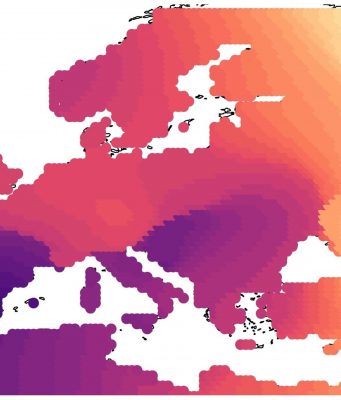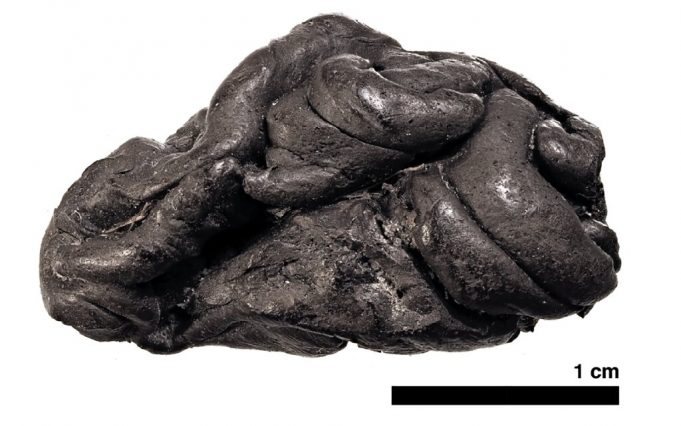Scientists have proved one of Charles Darwin's theories of evolution for the first time—nearly 140 years after his death.
Laura van Holstein, a Ph.D. student in Biological Anthropology at St John's College, University of Cambridge, and lead author of the...
The concept of nuclear winter—a years-long planetary freeze brought on by airborne soot generated by nuclear bombs—has been around for decades. But such speculations have been based largely on back-of-the-envelope calculations involving a total war between Russia and the...
Homo erectus, one of modern humans' direct ancestors, was a wandering bunch. After the species dispersed from Africa about two million years ago, it colonized the ancient world, which included Asia and possibly Europe.
But about 400,000 years ago, Homo erectus essentially...
Danish scientists have managed to extract a complete human DNA sample from a piece of birch pitch more than 5,000 years old, used as a kind of chewing gum, a study revealed Tuesday.
The Stone-Age sample yielded enough information to...
Sound doesn't fossilize. Language doesn't either.
Even when writing systems have developed, they've represented full-fledged and functional languages. Rather than preserving the first baby steps toward language, they're fully formed, made up of words, sentences and grammar carried from one person to...
A meat-eating dinosaur species (Majungasaurus) that lived in Madagascar some 70 million years ago replaced all its teeth every couple of months or so, as reported in a new study published today in the open-access journal PLOS ONE, surprising even...
Small populations, inbreeding, and random demographic fluctuations could have been enough to cause Neanderthal extinction, according to a study published November 27, 2019 in the open-access journal PLOS ONE by Krist Vaesen from Eindhoven University of Technology, the Netherlands, and colleagues.
Paleoanthropologists...
Reid Ferring, a professor in the University of North Texas Department of Geography and the Environment, is part of an international team of scientists who have developed a breakthrough method of identifying the sex and species of animal in...
Eagle talons are regarded as the first elements used to make jewellery by Neanderthals, a practice which spread around Southern Europe about 120,000 to 40,000 years ago. Now, for the first time, researchers found evidence of the ornamental uses...
When Jaime Yazzie began planning her research for her forestry thesis, her adviser asked her what species of trees she wanted to save. They would use a computer simulation to measure the effects of a warming, drying environment, and...
Separate skeletons suggested to be from different early hominin species are, in fact, from the same species, a team of anthropologists has concluded in a comprehensive analysis of remains first discovered a decade ago.
The research appears in a special...


















